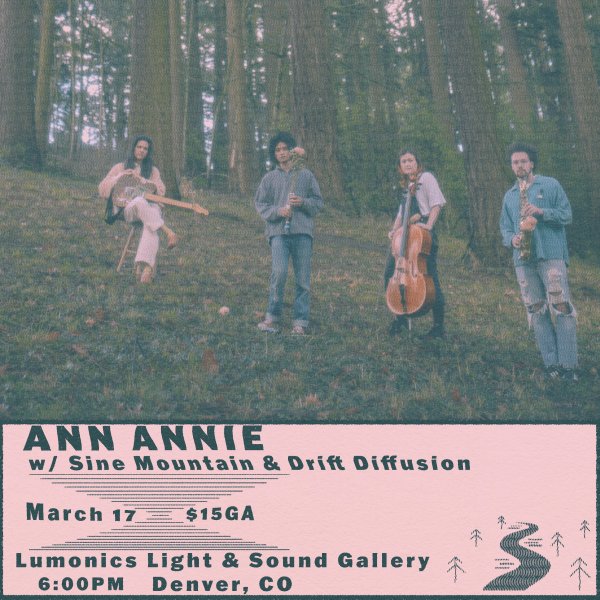Eric N. Dingel, ScienceTeacher, at the Rocky Mountain School of Expeditionary Learning, has been returning with his new students for the past several years.
Mr. Dingel sent us the papers the students wrote about their recent field trip to Lumonics
Students from the Rocky Mountain School of Expeditionary Learning
Photo I took of one of one of the student’s sketches of the front wall of Lumonics
Here are some excerpts from their papers:
The calming atmosphere was really nice and helped me step away from my thoughts for a while. Overall, the experience was well worth it and I’d love to do it again at some point in my life. It helped me think about my life in a different light.
My experience was relaxing and stimulating. I’m glad you get to show off Mel and Dorthy’s [sic) collection. I appreciate the time you took to make that video and all of the time that was put in to make those lumonics.
Firstly, thank you for sharing such an interesting light show and the history behind the art form. The depth behind how influential these creations were was very interesting to me. As an artist seeing such unique sculptures was both inspiring and exciting. The light show was particularly intruiging [sic] to me.
I personally found the film projection that we watched particularly interesting. After asking how exactly it is made, I began to spiral down a rabbit hole of thought.
I really enjoyed how all aspects of the art blended with each other. Please continue doing what you’re doing!
Something that I took out is that no matter how hard the project you’re working on might be, staying patient and staying passionate will make anything feel more “fun”.
The thing that was most striking to me about Lumonics was the unique and original shapes of the artwork. No piece was exactly the same. Thank you especially to Marc and Barry who are keeping the legacy of Mel and Dorothy Tanner’s art alive. This was a very cool experience that I will remember for a long time.
I really appreciated the experience you offer to the public and, more specifically, our class. The art on display in your museum is unlike art I’ve seen before. I especially loved the cat art dispursed [sic] throughout the rooms.







